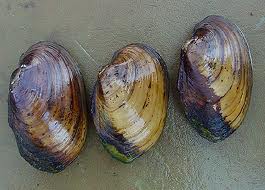
Puffer Fish Care Sheet
The Puffer Fish is actually a smooth toadfish, Tetractenos glaber, is a species of fish in the Tetraodontidae family, found along Australia's eastern and southeast coast, from northern Queensland to South Australia and Tasmania. It is one of the most abundant fishes in the muddy areas around the Sydney Harbour.
Read now





